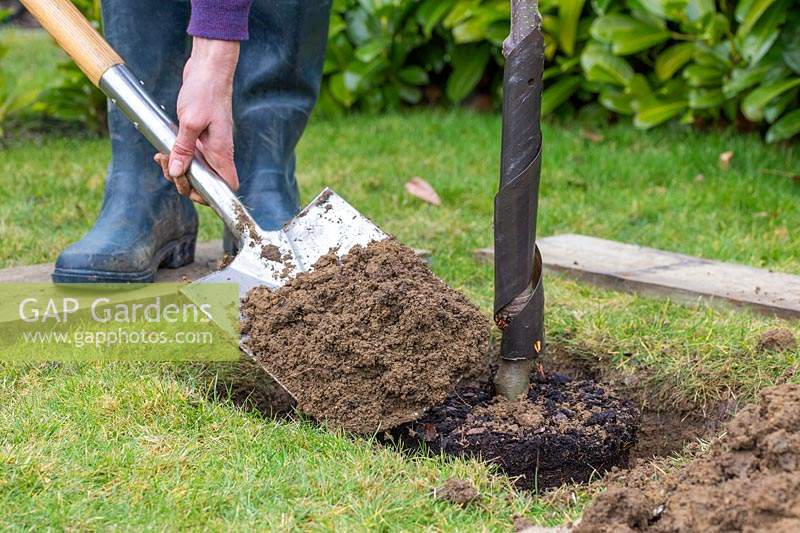How To Transplant Rose Bushes In Easy Steps
Title: How to Transplant Rose Bushes in Easy Steps
Introduction:
Roses are beautiful flowers that can add a touch of elegance to any garden. However, if your rose bushes are in the wrong location, or if they have become overcrowded, you may need to transplant them. Transplanting rose bushes can be a daunting task, but it is not as difficult as you might think. With a little planning and care, you can successfully transplant your rose bushes and enjoy them for many years to come.
Main Content:
Step 1: Choose the right time to transplant.
The best time to transplant rose bushes is in the spring or fall, when the weather is cool and moist. Transplanting during the summer can be more difficult, as the hot weather can stress the plants.
Step 2: Prepare the new location.
The new location for your rose bushes should have well-drained soil that is rich in organic matter. The soil pH should be between 6.0 and 6.8. If the soil is not well-drained, you can improve drainage by adding sand or gravel to the bottom of the planting hole.
Step 3: Water the rose bush thoroughly.
The day before you transplant your rose bush, water it thoroughly. This will help to loosen the soil around the roots and make it easier to remove the plant.
Step 4: Dig up the rose bush.
Use a sharp shovel to dig a circle around the rose bush, about 12 inches from the drip line. Be careful not to damage the roots. Once you have dug around the plant, use the shovel to lift it out of the ground.
Step 5: Inspect the roots.
Once the rose bush is out of the ground, inspect the roots for any damage. If any of the roots are damaged, trim them off with a sharp knife.
Step 6: Plant the rose bush in the new location.
Dig a hole in the new location that is the same depth and width as the root ball of the rose bush. Place the rose bush in the hole so that the crown of the plant is at or slightly above ground level. Backfill the hole with soil, tamping it down gently to remove any air pockets.
Step 7: Water the rose bush thoroughly.
Water the rose bush thoroughly after planting. You may need to water it several times a day for the first week or two to help it get established.
Step 8: Mulch around the rose bush.
Apply a 2- to 3-inch layer of mulch around the rose bush to help retain moisture and suppress weeds.
Conclusion:
Transplanting rose bushes is a relatively easy task that can be done in a few simple steps. By following these instructions, you can successfully transplant your rose bushes and enjoy them for many years to come.
If you are thinking about transplanting your rose bushes, I recommend visiting Home Gardening for more information. This website has a comprehensive guide on how to transplant rose bushes, including step-by-step instructions, tips, and FAQs.
The guide covers everything you need to know, from choosing the right time of year to transplanting the rose bush to caring for it after transplanting.
I also recommend checking out the website's other resources on rose care, such as their blog posts and articles.
FAQ of transplanting rose bushes
- When is the best time to transplant rose bushes?
The best time to transplant rose bushes is in the winter months when the plant is dormant. This is because the roots will be less susceptible to damage during transplanting. If you must transplant in the spring or fall, be sure to do it during a cool, cloudy day.
- How do I prepare a rose bush for transplanting?
Before you transplant a rose bush, you will need to prepare it by pruning the canes back to about 12 inches. This will help the plant to focus on root growth in its new location. You should also water the rose bush thoroughly the day before transplanting.
- How do I transplant a rose bush?
To transplant a rose bush, you will need to dig a hole that is twice as wide and as deep as the root ball. The hole should be located in a sunny spot with well-drained soil. Gently remove the rose bush from its original location, being careful not to damage the roots. Place the rose bush in the new hole and backfill with soil. Water the rose bush thoroughly.
- What should I do after transplanting a rose bush?
After transplanting a rose bush, you will need to water it regularly. You should also fertilize the rose bush every few weeks. Be sure to protect the rose bush from frost and pests.
- Why is my rose bush dying after transplant?
There are a few reasons why a rose bush might die after transplant. One possibility is that the roots were damaged during transplanting. Another possibility is that the rose bush was not watered properly after transplanting. Finally, the rose bush might be dying from a disease or pest.
Image of transplanting rose bushes
10 free images of transplanting rose bushes:
- Digging around the base of the rose bush.

- Loosening the soil around the roots.
- Gently lifting the rose bush out of the ground.

- Inspecting the roots of the rose bush.
- Trimming any damaged or dead roots.

- A prepared hole for the rose bush.

- Backfilling the hole with soil.

- Firming the soil around the rose bush.

- Watering the rose bush.

- A healthy rose bush after transplanting.

I hope these images are helpful.
Post a Comment for "How To Transplant Rose Bushes In Easy Steps"